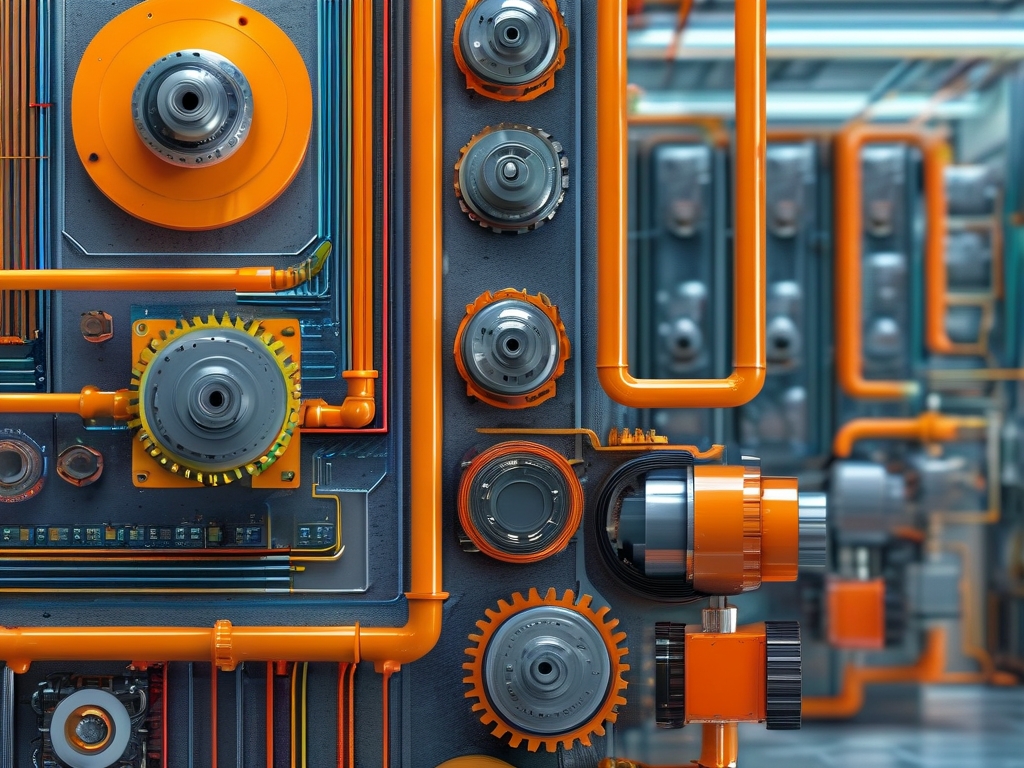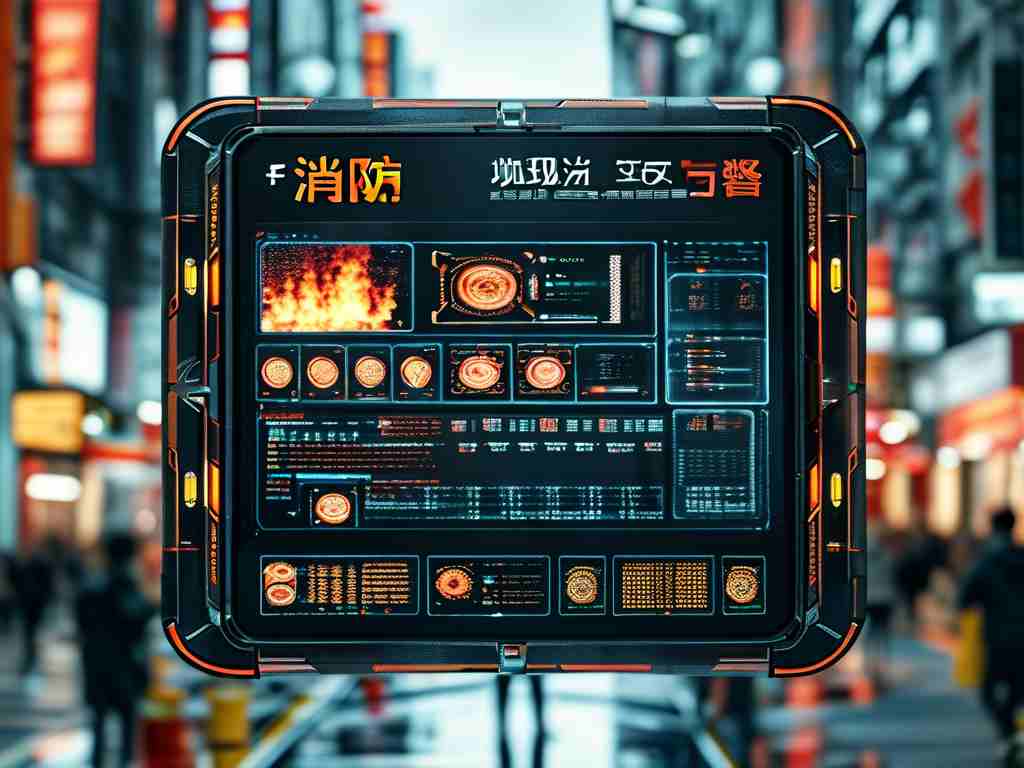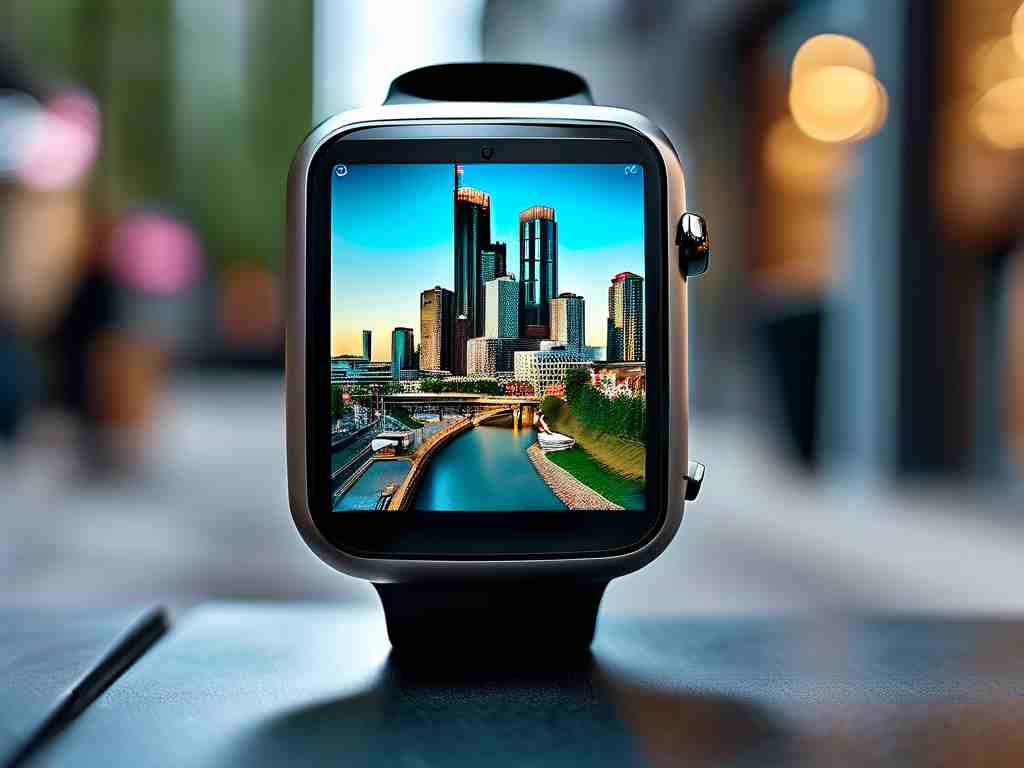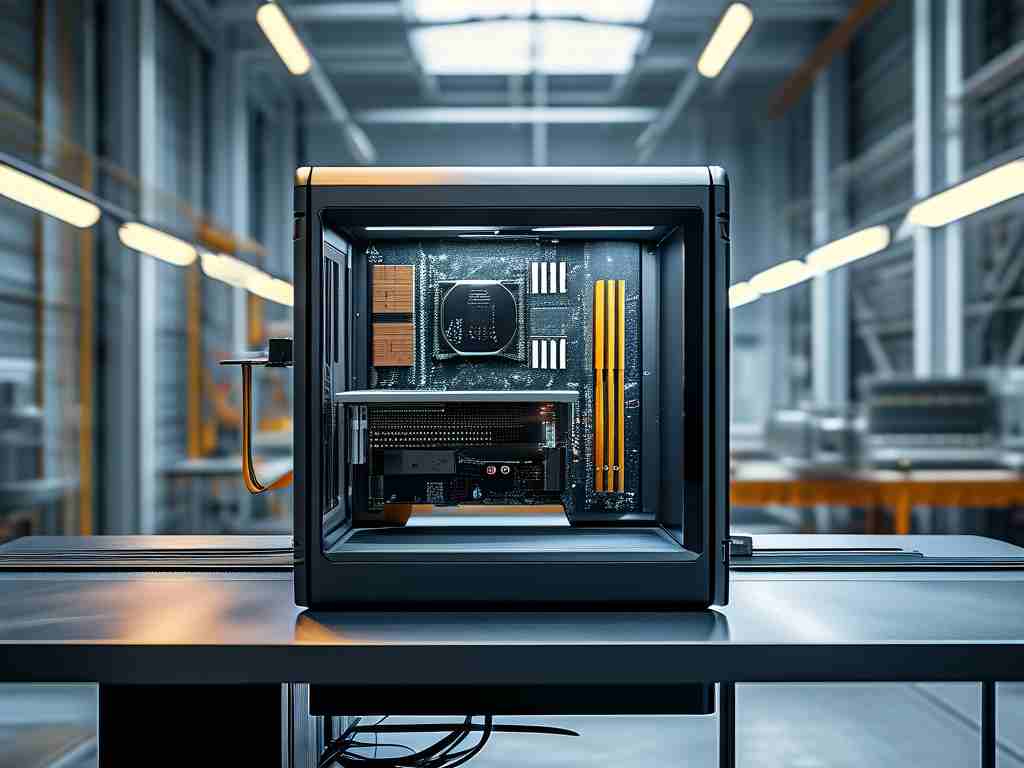The fusion of embedded systems and mechatronics has become a cornerstone of modern engineering, driving innovations across industries from automotive manufacturing to smart home technologies. This interdisciplinary synergy combines hardware, software, and mechanical engineering to create intelligent, responsive systems capable of solving complex real-world challenges. In this article, we explore the fundamentals of embedded development in mechatronic systems, their applications, and the future trends shaping this dynamic field.
1. Understanding Embedded Systems in Mechatronics
Mechatronics, the integration of mechanical engineering, electronics, and computer science, relies heavily on embedded systems to achieve automation and precision. Embedded systems are specialized computing units designed to perform dedicated functions within larger mechanical frameworks. Unlike general-purpose computers, these systems prioritize reliability, real-time performance, and energy efficiency. For example, in an industrial robotic arm, an embedded controller manages motor movements, sensor feedback, and communication with central systems-all while operating under strict timing constraints.
Key components of embedded systems in mechatronics include:
- Microcontrollers/Microprocessors: ARM Cortex-M or Raspberry Pi modules for processing.
- Sensors and Actuators: Force sensors, accelerometers, and servo motors for interaction.
- Real-Time Operating Systems (RTOS): FreeRTOS or VxWorks to ensure timely task execution.
- Communication Protocols: CAN bus, SPI, or IoT-enabled wireless links for system coordination.
2. Applications Transforming Industries
The marriage of embedded systems and mechatronics has unlocked groundbreaking applications:
A. Automotive Systems Modern vehicles are essentially "computers on wheels." Embedded systems control everything from engine management (via ECUs) to advanced driver-assistance systems (ADAS). For instance, Tesla's Autopilot uses embedded AI chips to process camera data and make split-second decisions, while electric vehicles rely on embedded battery management systems (BMS) for optimal performance.
B. Industrial Automation Smart factories leverage embedded-mechatronic systems for precision manufacturing. Programmable Logic Controllers (PLCs) synchronize conveyor belts, robotic welders, and quality-check cameras. Predictive maintenance systems, powered by embedded vibration sensors and machine learning algorithms, reduce downtime by forecasting equipment failures.
C. Healthcare Robotics Surgical robots like the da Vinci System depend on embedded controllers to translate a surgeon's hand movements into micron-level instrument motions. Wearable medical devices, such as insulin pumps, use embedded firmware to monitor and adjust treatment in real time.
D. Consumer Electronics From robotic vacuum cleaners to smart thermostats, embedded systems enable autonomy and connectivity. A drone's flight controller, for example, combines GPS data, gyroscope inputs, and motor controls to stabilize flight-a feat achievable only through tight hardware-software integration.

3. Challenges in Embedded Mechatronic Development
Despite its potential, designing embedded systems for mechatronics poses unique hurdles:
- Hardware-Software Co-Design: Balancing mechanical requirements with computational limits often demands iterative prototyping.
- Real-Time Constraints: Delays in sensor data processing can lead to system failures, especially in safety-critical applications like autonomous vehicles.
- Power Management: Battery-operated devices (e.g., IoT sensors) require ultra-low-power designs without sacrificing performance.
- Security Risks: Connected systems are vulnerable to cyberattacks; securing firmware and communication channels is paramount.
Engineers address these challenges through modular architectures, simulation tools like MATLAB/Simulink, and adherence to standards such as ISO 26262 for automotive safety.
4. Future Trends and Innovations
The evolution of embedded mechatronics is being accelerated by emerging technologies:
- Edge AI: Deploying lightweight machine learning models directly on embedded devices reduces latency and cloud dependency. NVIDIA's Jetson platform exemplifies this trend.
- Digital Twins: Virtual replicas of physical systems enable real-time monitoring and predictive analytics.
- 5G and IoT Integration: Faster connectivity allows embedded systems to participate in large-scale, distributed networks-think smart cities with synchronized traffic and energy grids.
- Quantum-Resistant Encryption: As quantum computing advances, embedded systems will need post-quantum cryptographic algorithms to stay secure.
5.
Embedded development in mechatronics represents the bleeding edge of engineering innovation. By bridging the gap between digital intelligence and mechanical action, these systems empower industries to achieve unprecedented levels of efficiency, safety, and adaptability. As technologies like AI and IoT mature, the role of embedded systems will only grow more pivotal, cementing their status as the backbone of tomorrow's smart, interconnected world. Engineers and developers who master this convergence will lead the charge in solving humanity's most pressing technical challenges.










